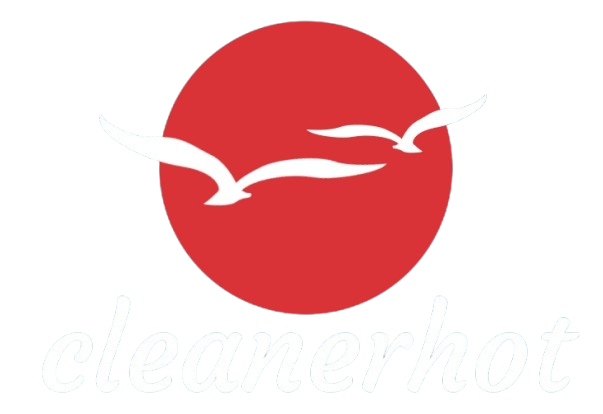In September 2022, while global energy ministers gathered in Pittsburgh for the 13th Clean Energy Ministerial to discuss technological fixes for the climate crisis, a powerful movement was rising in parallel—a grassroots call for true clean energy justice. The Natural History Museum partnered with Indigenous communities from the Pacific Northwest, alongside frontline advocates from Appalachia and the Gulf South, to spotlight the real stories behind fossil fuel extraction and the urgent demand for equitable, sustainable energy solutions.
A Journey of Healing and Resistance: The Totem Pole Expedition
The week-long Clean Energy Justice Convergence kicked off with a profound symbolic act: the House of Tears Carvers—renowned Indigenous artists—brought a freshly carved totem pole on a 15-day cross-country journey. Accompanied by youth and elders from the Lummi, Tsleil-Waututh, and Navajo Nations, this sacred pole traveled from the Pacific Northwest to Pittsburgh, pausing in communities burdened by environmental threats.
From the White Earth Reservation, where a tar sands oil pipeline threatens sacred waters, to a heartfelt visit with the family of George Floyd in Minnesota, the journey wove together prayers, blessings, and calls for protection. The totem pole, a revered emblem of healing and guardianship, was driven through regions devastated by fracking and industrial pollution before being placed outside the ministerial’s VIP opening.
There, in a public ceremony filled with song and spoken word, Indigenous leaders prayed for decision-makers to reject “false solutions” — quick technological fixes that fail to address systemic environmental harm — and to honor the well-being of the “next seven generations.” This moving act demanded that climate leadership embrace justice and accountability at its core.
Toxic Tours: Bearing Witness to Environmental Injustice
Parallel to the ceremonial journey, the convergence organized “Toxic Tours” through some of America’s most polluted industrial landscapes. Guided by public health advocates and residents living on the frontlines, participants visited sites such as the Shell petrochemical complex in Beaver County, the gas wells of Washington County—the nation’s most heavily fracked area—and U.S. Steel’s Clairton Coke Works in the Mon Valley, the largest coal-processing plant in the U.S.
These tours revealed stark realities: communities suffering elevated rates of asthma, chronic illness, and rare cancers linked directly to petrochemical pollution. The devastating human costs of fossil fuel extraction are often overshadowed by flashy announcements of “clean energy” technologies. Yet, many so-called solutions like carbon capture and fracked gas–derived hydrogen power actually entrench fossil fuel dependence, perpetuating harm rather than healing it.
Frontline Voices Demand Real Change: The Clean Energy Justice Roundtable
One of the convergence’s highlights was a candid roundtable discussion at Pittsburgh’s Phipps Conservatory, moderated by Natural History Museum director Beka Economopoulos. Indigenous leaders such as Reuben George of the Tsleil-Waututh Nation joined grassroots organizers from Appalachia and the Gulf South to share firsthand accounts of environmental devastation, health crises, and systemic neglect caused by extractive industries.
The conversation laid bare a pattern of corruption, harassment, and poisoning that disproportionately impacts frontline communities—yet it was also a celebration of resilience. These voices stand as the frontline defenders of Earth’s health and the guardians of future generations.
The discussion ended with a standing ovation for the “heroes and sheroes” fighting to protect their homes, cultures, and the planet from sacrifice zones created in the name of profit.
The Urgency of Clean Energy Justice
The Clean Energy Justice Convergence highlighted a crucial truth: the transition to sustainable energy must be rooted in justice, respect, and accountability. It is not enough to simply replace one form of energy extraction with another or to rely on high-tech fixes that mask the real work needed.
True clean energy justice demands:
- Respecting Indigenous sovereignty and knowledge
- Addressing the health and environmental impacts on frontline communities
- Rejecting false solutions that extend fossil fuel dependence
- Creating pathways for equitable access to clean, renewable energy
Museums as Catalysts for Change
The Natural History Museum’s involvement in this movement underscores the unique role cultural institutions can play. By harnessing the power of history, art, and storytelling, museums can amplify marginalized voices, educate the public, and foster alliances that drive civic engagement.
Supporting organizations and individuals who champion environmental justice helps ensure that the stories from the frontlines are heard—not just as isolated struggles but as a call to collective action for a sustainable and equitable future.
How You Can Help
Engagement with clean energy justice can take many forms—from learning about the impacts of fossil fuels on communities, to supporting Indigenous-led environmental initiatives, to advocating for policies that prioritize people over profits.
By recognizing the interconnectedness of environmental health, social justice, and energy policy, we can move beyond empty promises toward real solutions that honor the earth and all who inhabit it.
The Natural History Museum’s programs are made possible through the generous support of foundations and individuals committed to environmental and social justice. To contribute or learn more, visit their website.



